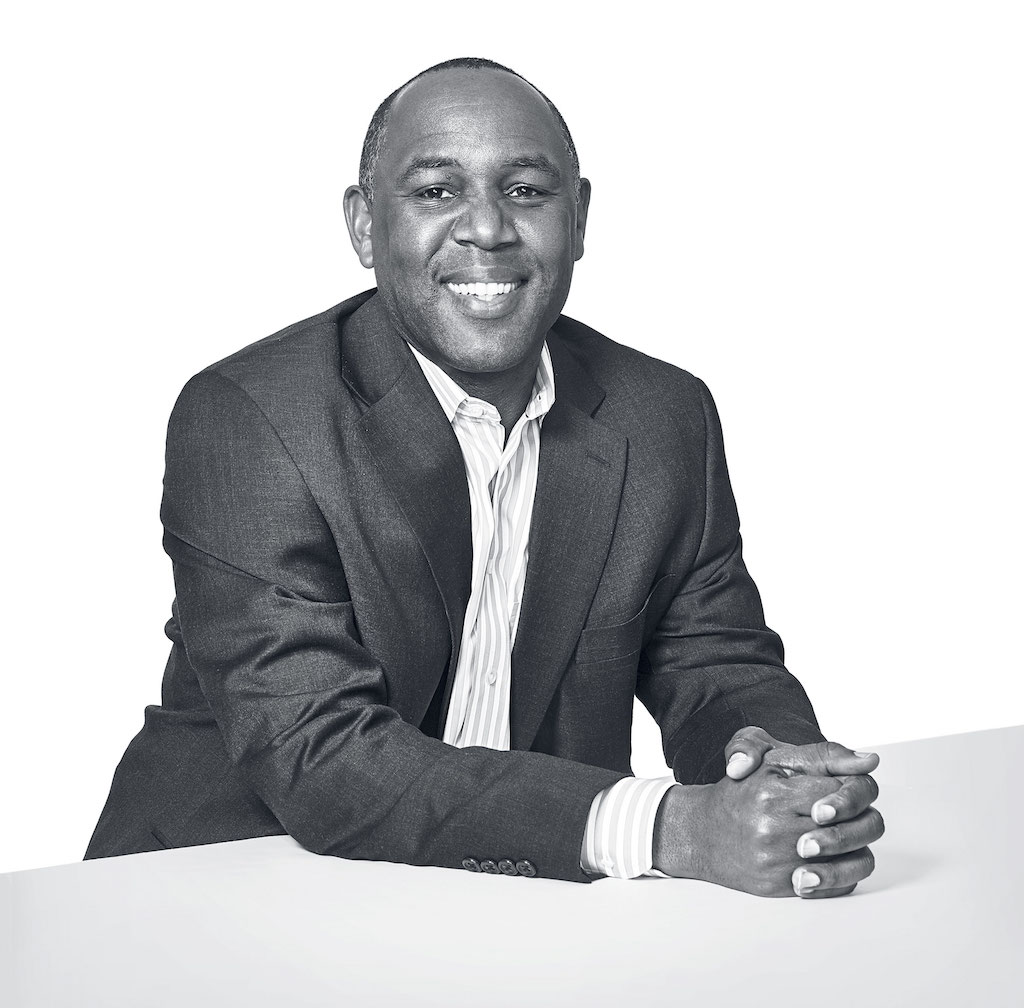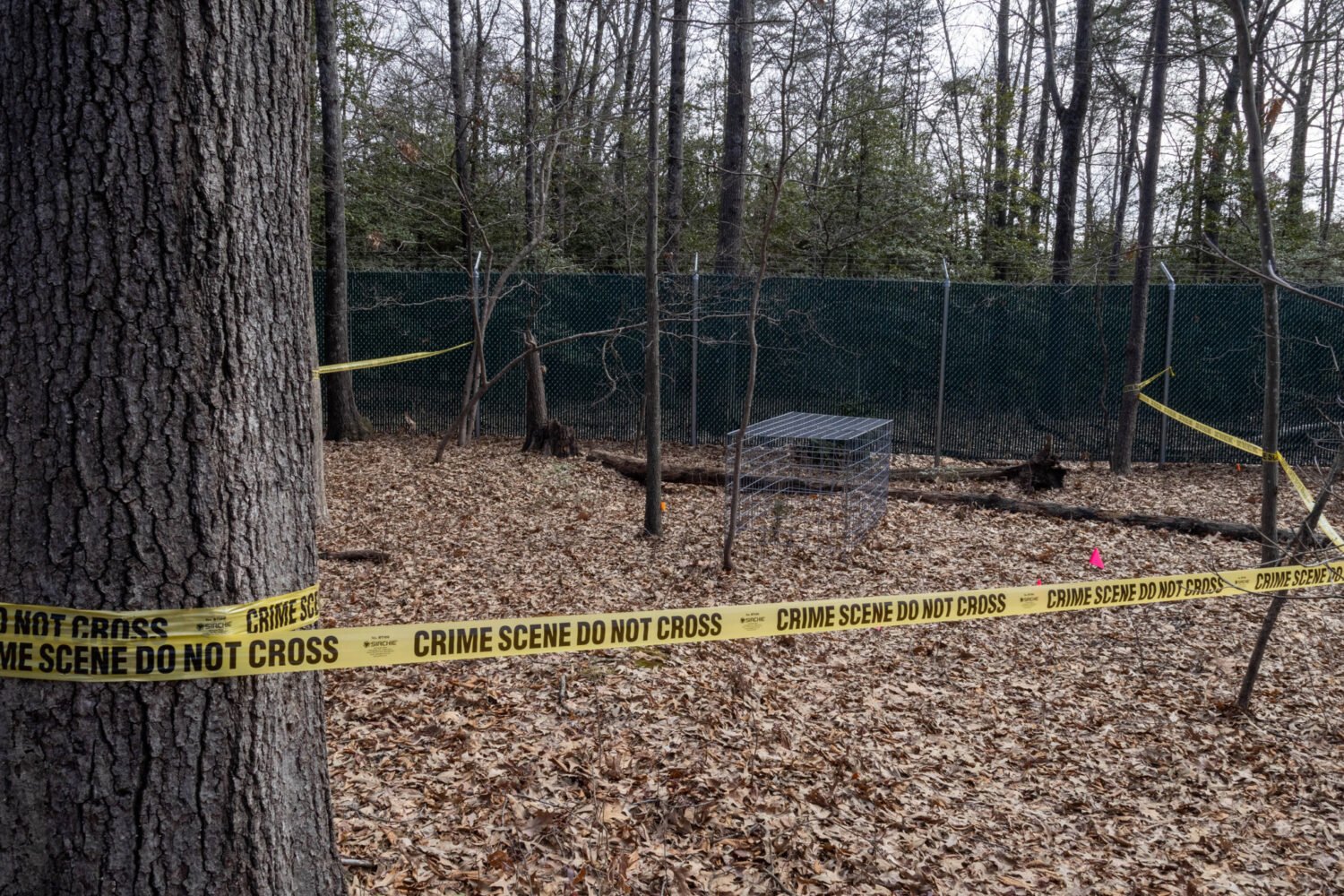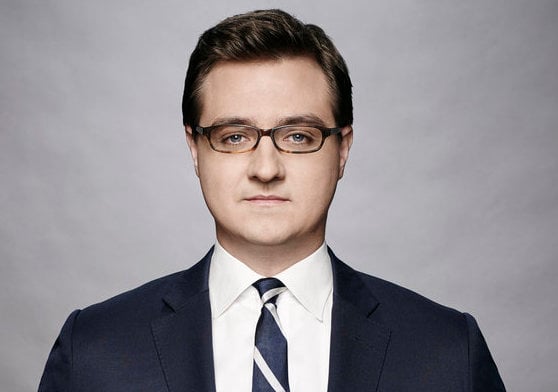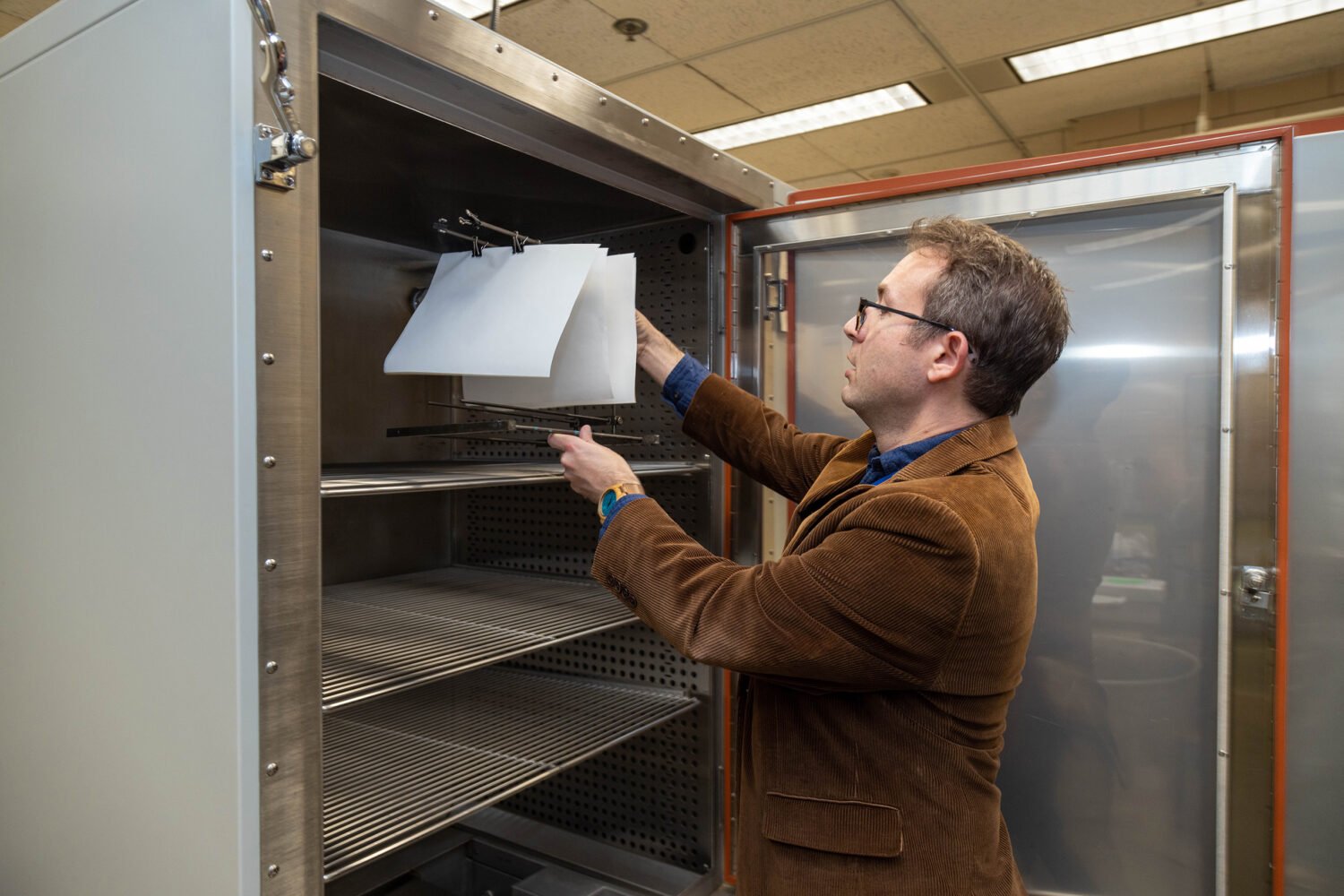In December, the White House invited Kevin Clark to a screening of Hidden Figures, the Oscar-nominated film about three African-American women working as NASA mathematicians at the time when John Glenn first orbited Earth. Clark, a George Mason University education professor, asked to bring his daughter to impress on the 14-year-old “that she’s smart and that’s okay.”
He worries that she worries. Even if his daughter hasn’t said anything, his research tells him that young African-Americans have been cut off from the full benefits of the digital revolution—Clark is dedicated to broadening participation in STEM (science, technology, engineering, and math) and diversifying, among other things, the movies. The director of George Mason’s Center for Digital Media Innovation and Diversity, Clark is coauthor of a recent study about the digital lives of black teens and their families. We talked to him about his research into America’s technological divide and his belief in the power of media to bridge it.
How did you start working on this question of technology and race?
The diversity questions started when I was working for an education-technology start-up in San Diego. They would send me to make presentations in public schools in Detroit, Chicago, Washington. That was eye-opening. I showed up at the meeting that DC Public Schools has with all their principals before school starts. They were talking about serious stuff—do we have enough books, and how many school buildings won’t make code? I thought: I’m supposed to stand up and say you need this video game? What am I doing here?
In San Diego, we’d go into schools to test our products. I found I couldn’t go into an urban school and say, “This math video is the greatest thing since sliced bread.” But at community learning centers where they were running afterschool programs, I could say that. I saw that most low-income students spend time in these non-formal learning environments. So when I came to George Mason, I did a survey with a professor at George Washington University, looking at work being done in afterschool programs. We got a National Science Foundation grant to run a game-design program for kids. Our partner was [the DC public high school] McKinley Tech.
You recently surveyed African-American students across the country about the digital divide today. What did you find?
The thrust is that African-American students want to be involved in more complex activities. They’ve done PowerPoint or Excel—what they’re interested in is how to build a website or an online game. How do you start an online business?
We found that girls were just as interested in learning how to code, and they wanted to do these advanced activities at early ages—11 to 13. So by the time you start them in STEM programs at the end of middle school or high school, you’ve missed the window.
Isn’t that the same story for white kids?
There are commonalities, like the gender issue. Where race comes into it is when you start looking at exposure, expectations, and access. A lot of communities don’t have broadband yet. I may have a connection that’s at lightning speed— you’re downloading, you’re watching movies, you’re working from home. But we went to Shaw, Mississippi. There’s no Fios going through there. To say to those kids, “We want you to build a video game, or even play World of Warcraft,” their system couldn’t do that.
Some would say these are economic issues or rural-versus-urban differences.
Being rural is not an issue of race. But if you are rural and black, you may be the last community to get that resource. And your children may not go to a school where they are encouraged to get into a math class that will allow them to be an engineer. And the parent may not have the education level or be experienced enough to ask the questions. It’s not one thing.
It may seem far afield, but the kids we taught at McKinley had identified themselves as tech students. One Saturday in the fall, I walked in and said, “How many of you want to go to college?” Everyone raised their hand. “How many are seniors?” A third. “How many have taken the SAT?” Two or three. I realized they have goals but they don’t understand the pathway. Meanwhile, decisions have been made for them: You are going to be in this or that math class. How many have taken Algebra I, which they will need to be an engineer? They don’t have the same expectations put on them.
It’s assumed that black kids are not going to be interested in computers?
We make connections. We say smart kids like computers, smart kids like robotics, smart kids code. If we think African-American kids aren’t the smart kids, from a test-score standpoint, then we make the leap. Then when we don’t see them working with computers, we say they don’t want to.
So there’s a digital divide even in a middle-class black community like Prince George’s County?
Prince George’s is a perfect example. You have middle-class blacks who score as low as low-income whites on standardized tests. That makes no sense. You start to ask: If it’s a question of income, what kind of income is it? Their parents have government jobs, which tend to pay well, but you don’t know the level of expertise required for that job. Part of the question of access is: When the kids go home, who are they going to talk to about the technology they are interested in? Who will they ask for help? That goes back to this intersection of economics and access, and race just exacerbates these issues.
Another big concern of yours is diversity in media. How does that connect?
Sometimes you have to see something to change your perception of the black girl in your class. I want everyone to see Hidden Figures. Then you might say, “There is the next Katherine Johnson [the central character].” That’s not what we see in the media. What we see is Beyoncé. Nothing against Beyoncé, but when it comes to the longevity of my daughter’s career, I’m putting my money on Katherine. There have to be more stories, too, so when an African-American girl is interested in engineering, you can say: Here’s a book, or here’s a movie. Here’s some type of media where that’s reflected.
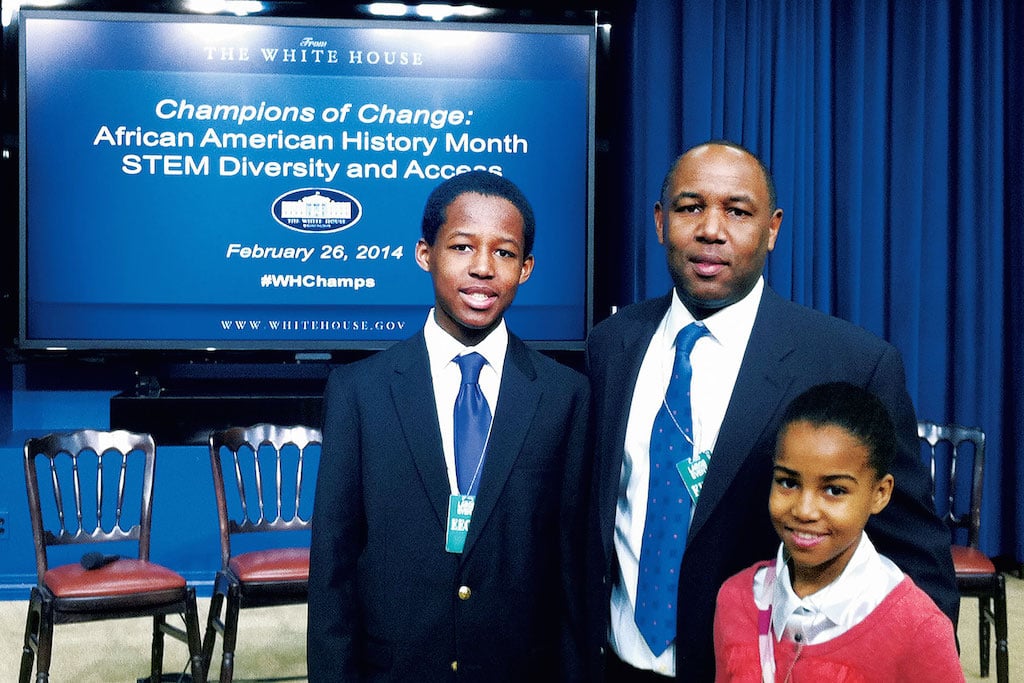
You’ve told the story of looking for a book about a princess for your daughter.
Right—about eight years ago when my daughter was seven, she loved princesses. I couldn’t find a princess picture book that featured an African-American character. I finally found a book at the Reginald F. Lewis Museum [in Baltimore]. On the drive back, I was steaming. I was thinking: I know there are creative people of all different hues, but our content doesn’t reflect that.
There is an African-American Disney princess now in The Princess and the Frog . . . .
Right, and when it finally came out, guess who wasn’t interested in princesses anymore. I had to drag my daughter. I was like, “You’re going to this movie.”
But your experience also provoked your interest in African-Americans in media.
It was the impetus for creating George Mason’s Center for Digital Media Innovation and Diversity. I wanted to do research, product development, and product identification—finding what’s out there and sharing it. Soon afterward, the Corporation for Public Broadcasting brought me in to consult on games. It was when every kids’ TV show wanted to drive you to their internet channel with a game. I started making comments about diversity—“You know that’s offensive, right?” “You know you need to change that.” That got me to talking about diversity issues in addition to the gaming stuff. As I spent more time in that arena, I realized that children’s TV was not diverse.
That will shock people who watch a lot of it. It seems every show has every race represented.
Sure, but one thing I looked at was the composition of the people creating the content. #OscarsSoWhite has opened the door to looking at movies—who’s green-lighting projects and so on. We need a similar examination in children’s media. Lots of stories could be told in an authentic voice by people from diverse backgrounds who aren’t getting opportunities to do so. This isn’t a Corporation for Public Broadcasting problem—they only work with the production companies. It’s an industry issue.
So it’s not just making sure you have the right number of ethnicities on the screen.
It’s not about counting. It’s not the United Nations approach. It’s about voice. When someone in the room has a sense of authority and can say, “You know what? I’m not comfortable with that,” that changes the whole dynamic. It’s not about drawing a character, painting it brown or different colors and saying, “We’re done.”
I’m thinking of Fat Albert, Bill Cosby’s 1970s cartoon show. Is that a model for diversifying media? Not diversifying every show but letting each group have a voice?
A guy who was a consultant on that show, Gordon Berry, is a mentor of mine. What’s interesting was that it wasn’t an all-black creative team. Everyone had different perspectives. Gordon was an academic. They had a children’s psychologist. But the stories were from the perspective of an African-American man, Bill Cosby. It wasn’t Norman Lear doing Good Times. We have to provide more outlets for those people who have a Fat Albert in their head. It’s not that people don’t have the stories. It’s that getting into this children’s-TV pipeline is difficult. If Bill Cosby wasn’t Bill Cosby, would Fat Albert ever have been made?
This interview has been edited and condensed. Freelance writer Paul O’Donnell is @paulwodonnell on Twitter.
This article appears in the June 2017 issue of Washingtonian.

